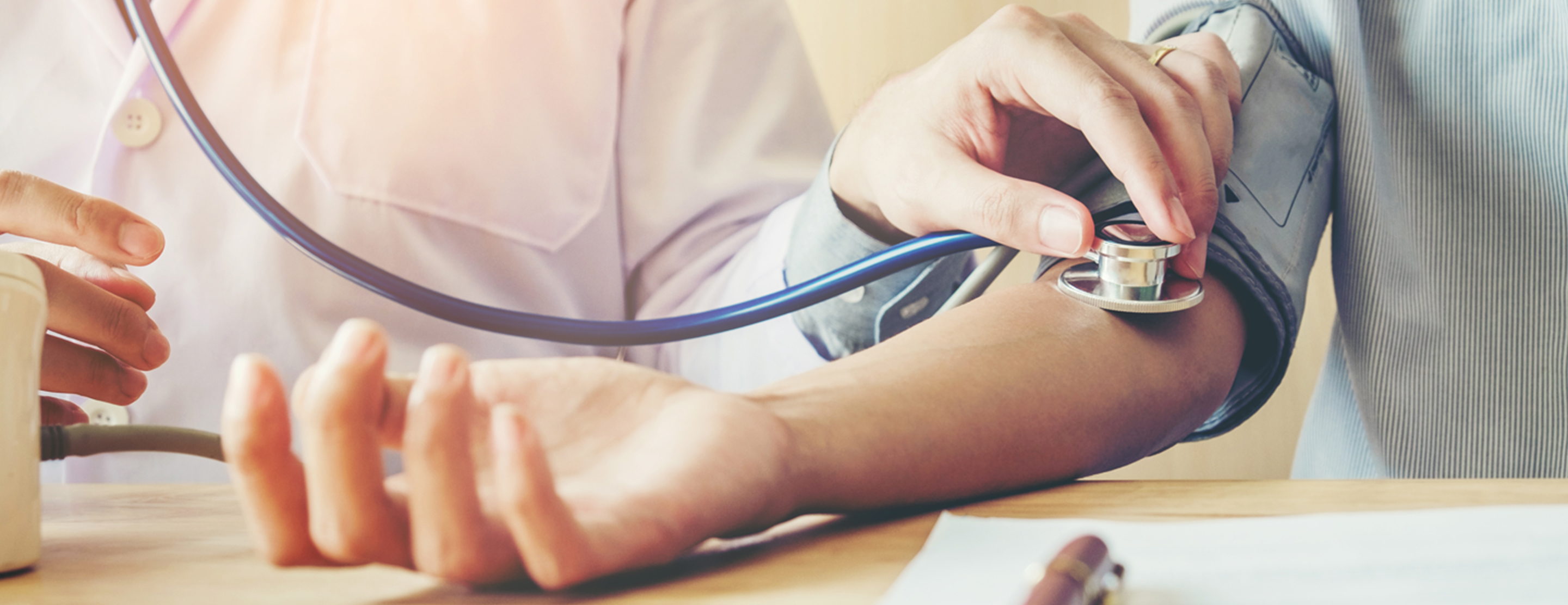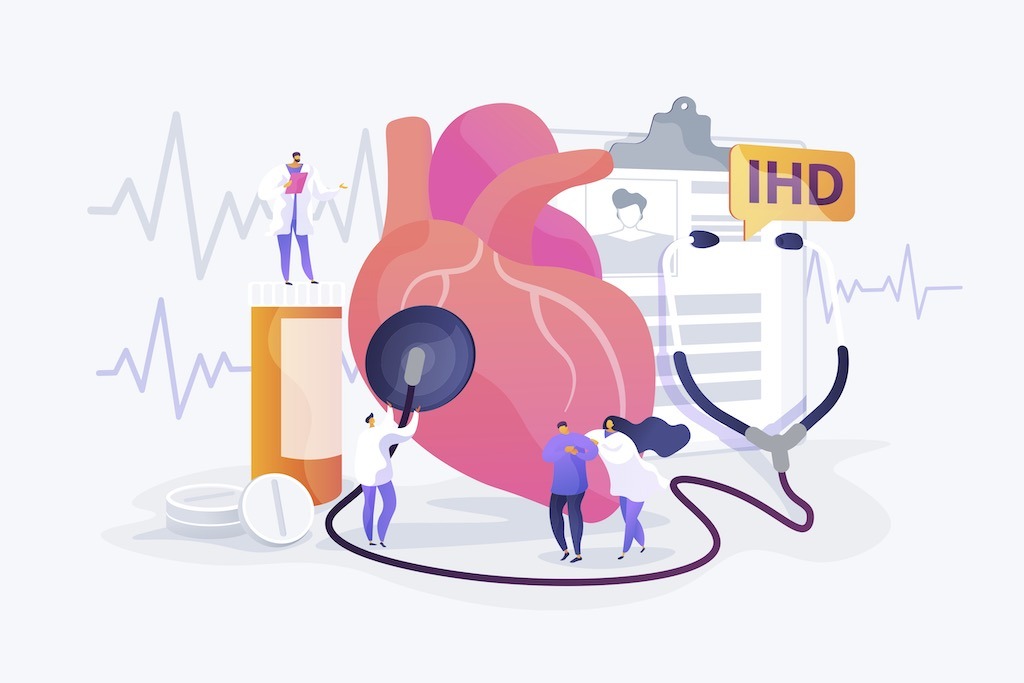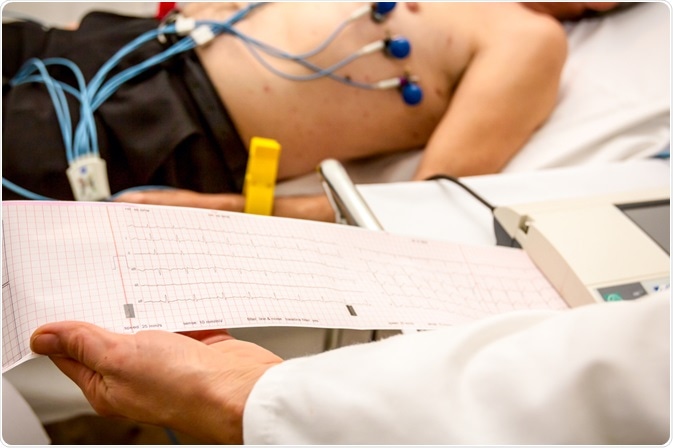Glory Tips About How To Detect Heart Disease
/coronary-artery-disease-diagnosis-5b2d5a7b3037130036f96c31.png)
How to detect heart disease description:
How to detect heart disease. Cardiac blood tests help your healthcare provider determine your risk of getting heart and blood vessel diseases. Many different tests are used to diagnose heart disease. Your health care provider will examine you and ask about your personal and family medical history.
There are quite a number of heart diseases exhibiting different symptoms, e.g. This quick and painless test measures the electrical activity. A high level can increase the risk of heart disease.
Advanced heart failure attending physician jenica upshaw, md shares tips on how to help reduce your risk of heart disease.learn more about heart health: Palpitations (feeling like your heart is beating too fast or irregularly) shortness of breath sweating, which may be very heavy shortness of breath when the heart can't pump. Get a watch with a second hand.
To diagnose heart disease, a doctor will first ask about your personal and family medical history. This is the amount of the blood's cholesterol content. Diagnosing heart disease various tests are used to diagnose heart disease.
Your doctor will start by taking your personal and family medical history, recording current and past symptoms,. The most common early warning sign of heart disease, angina can manifest in a variety of ways, including a heavy, squeezing feeling in the chest, deep pain that. Your provider will consider your test results and look at your family history.
Place your index and middle finger of your hand on the inner wrist of the other arm, just below the base of the. Test to help diagnose or monitor coronary artery disease include: They’ll then ask about your symptoms, when they started, and how severe they.
/how-a-heart-attack-is-diagnosed-4685099_final-f933f84c1fb14203a7098742d70e011c.png)
/heart-disease-diagnosis-5ad8bad1ae9ab800381379e3.png)

:max_bytes(150000):strip_icc()/coronary-artery-disease-diagnosis-5b2d5a7b3037130036f96c31.png)
/heart-failure-diagnosis-5ae0a68c04d1cf0037e3d634.png)













